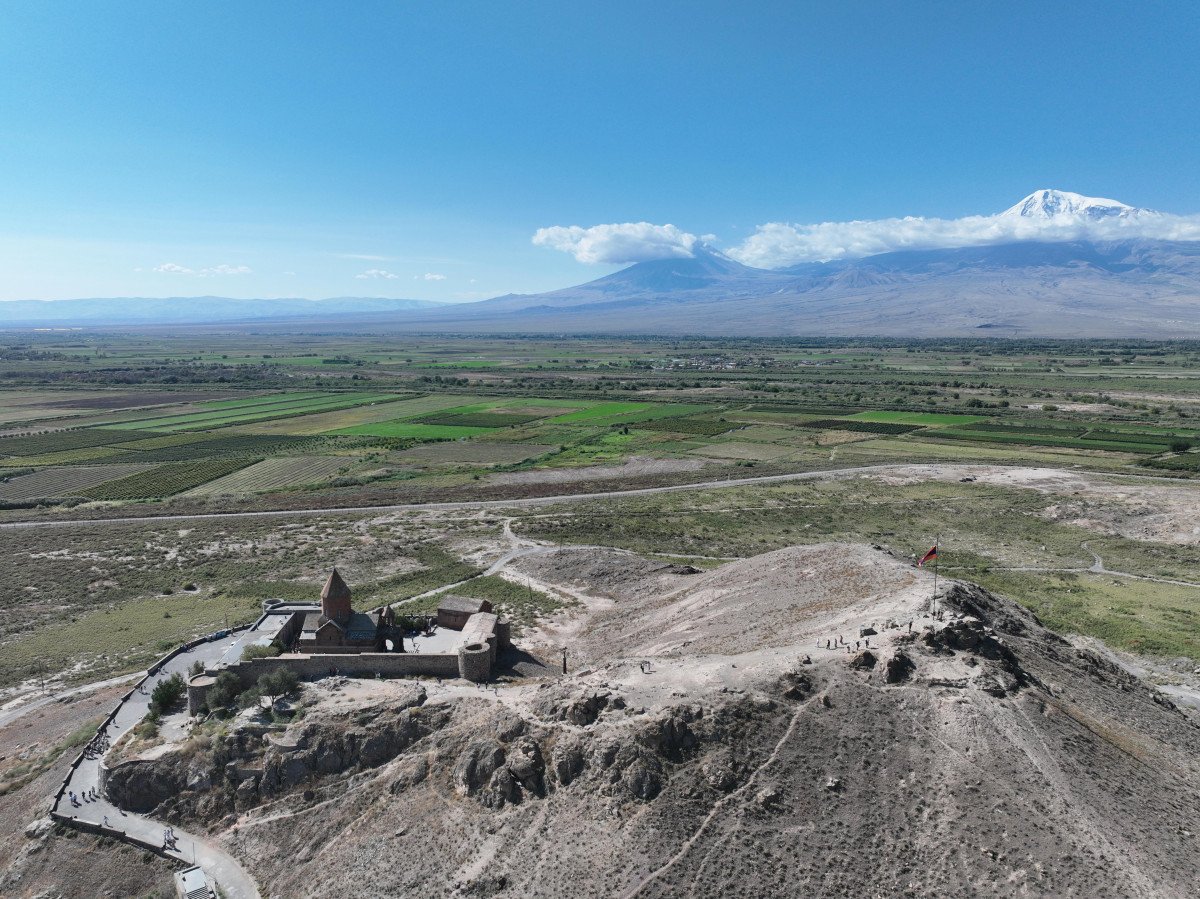
Archaeologists have uncovered the ruins of an Armenian church dating back 1,700 years making it one of the oldest such surviving monuments in the world.
The team of researchers from Germany’s University of Munster and the Armenian Academy of Sciences first uncovered the site in 2023 before returning in September and October of this year to gather further information. They have labelled it the country’s oldest church that can be “archaeologically attested” and a slice of “sensational evidence for early Christianity in Armenia,” in an announcement on October 11.
The church is located in Artaxata, once the site of a major commercial city that was the Kingdom of Armenia’s capital until the early 2nd century. Wooden platforms discovered onsite have been radiocarbon dated to the middle of the 4th century C.E.
This makes the church concurrent with Etchmiadzin Cathedral, a UNESCO heritage structure 20 miles to the north that is widely considered the world’s oldest cathedral. Though, as lead researcher, Achim Lichtenberger, said via email, there is no archaeological data for Etchmiadzin’s age. “Armenia is the oldest Christian state in the world,” Lichtenberger said. “Our monument attests to the early Christianization.”
Armenian-German team excavating the ancient church in the city of Artaxat. Photo: Armenian-German Artaxata Project.
The church is an octagonal building, nearly 100 feet in diameter, which is built from a simple mortar floor laid with terracotta tiles. Onsite, archaeologists discovered significant quantities of marble, which is believed to have been imported from the Mediterranean, thereby suggesting it was once extravagantly and expensively decorated.
“Octagonal churches were unknown here until now, but we are very familiar with them from the Eastern Mediterranean region, where they first appeared in the 4th-century C.E.,” Mkrtich Zardaryan, an archaeologist at National Academy of Sciences of Armenia, said in a statement.
The octagon became an important symbol in early Christianity as a representation of Jesus’s eighth day, i.e. his resurrection. The shape was commonly used for early baptisteries and shrines for martyrs.
A preliminary reconstruction on top of the antique church of Artaxata. Photo: Armenian-German Artaxata Project.
The Armenian-German research team has been excavating in the Artaxata area of the Ararat Plain since 2018. In addition to once serving as the Kingdom of Armenia’s capital, it is also the place where Gregory the Illuminator, founder of the Armenian Apostolic Church, is said to have converted the Armenian king Tiridates III to Christianity in 301 C.E. Proof of the area’s longstanding Christian heritage stands with the medieval monastery of Khor Virap which dates to the 7th century.
The excavation project, which receives funding from German Research Foundation and the National Academy of Sciences of Armenia, intends to continue excavations into next year in the hope of uncovering more of the church’s history.